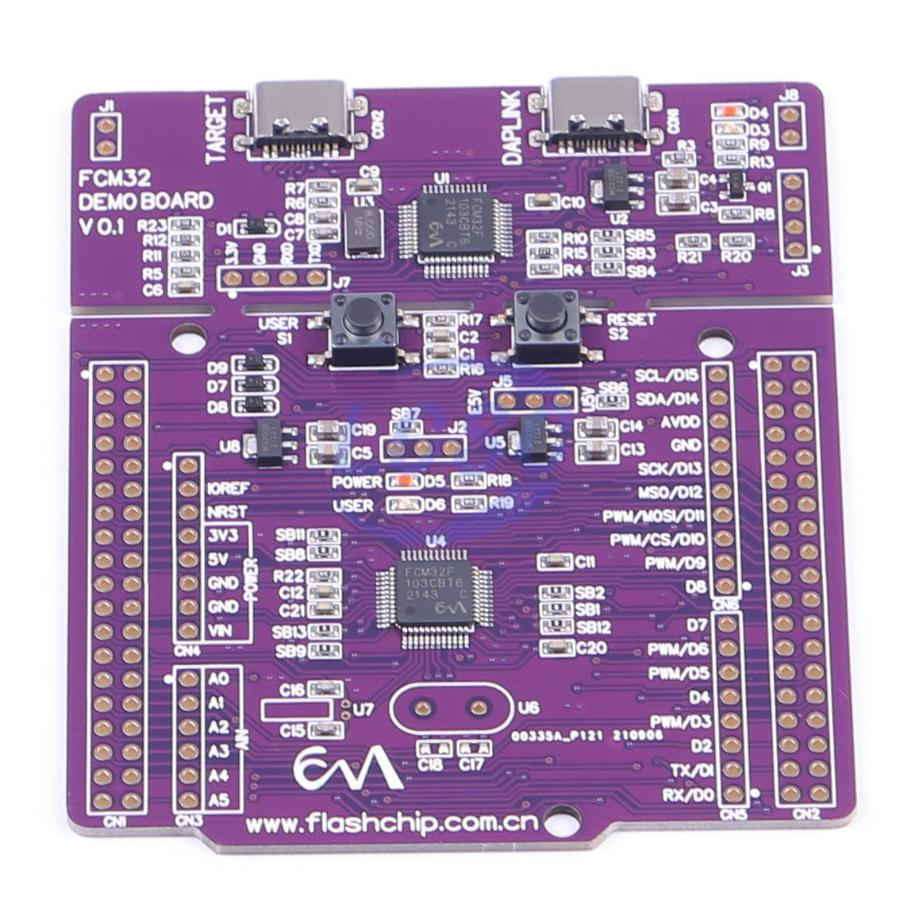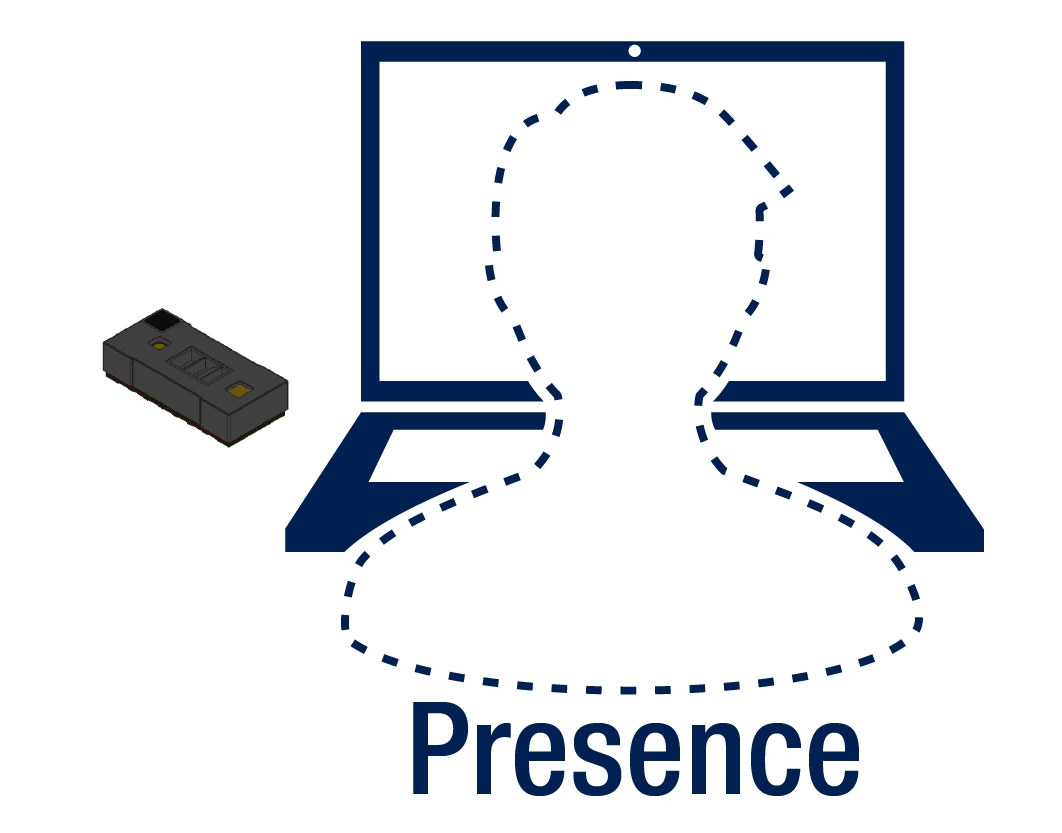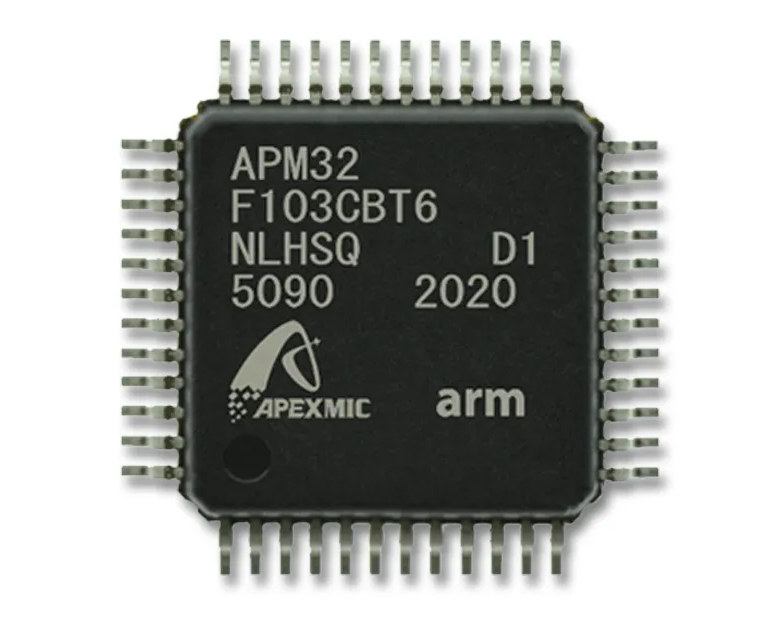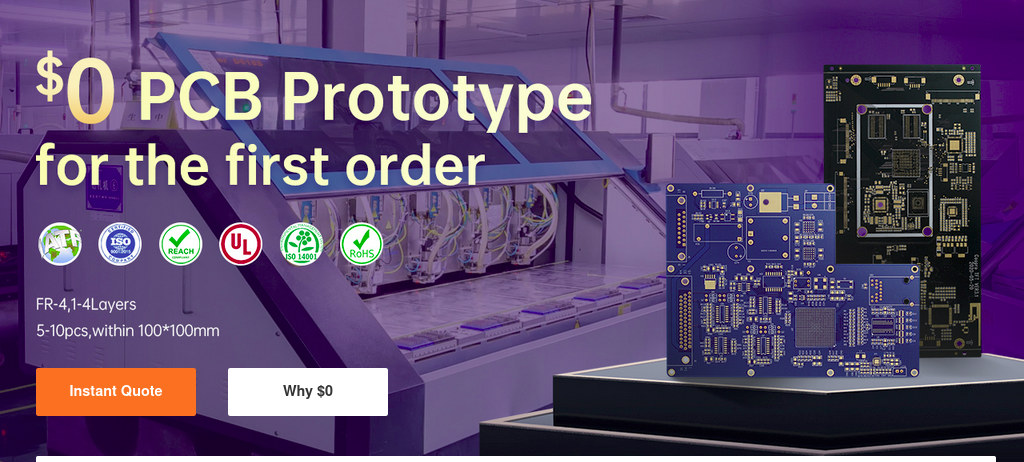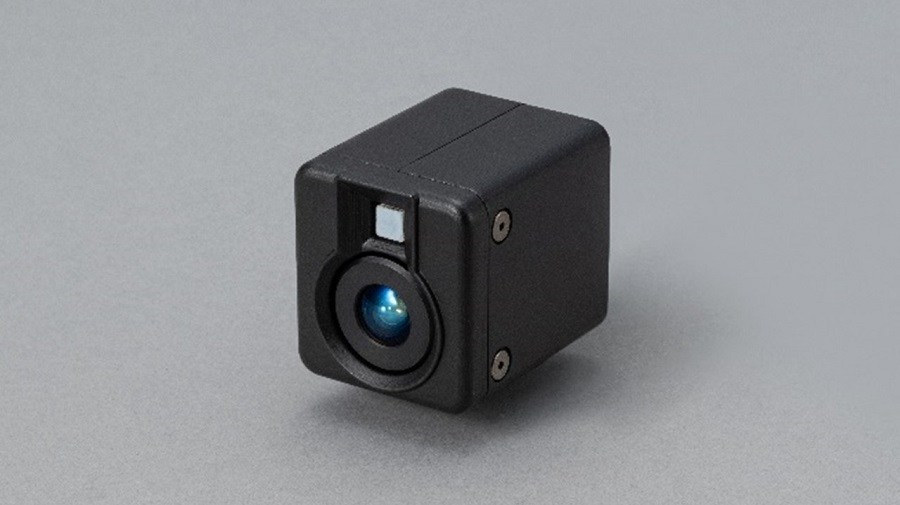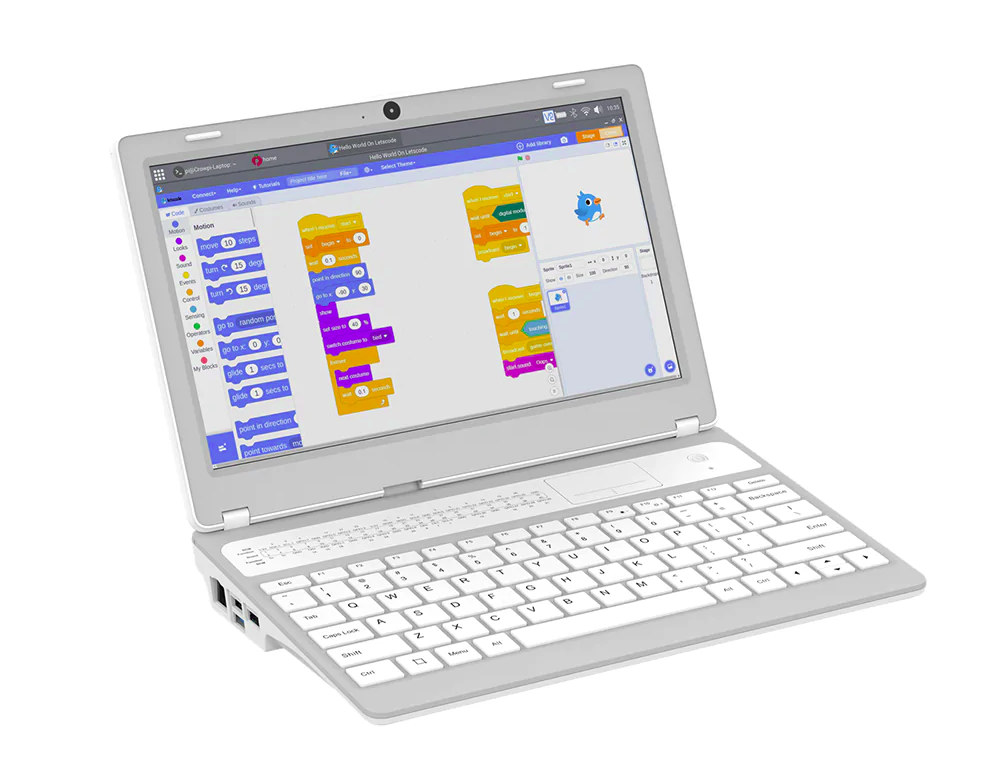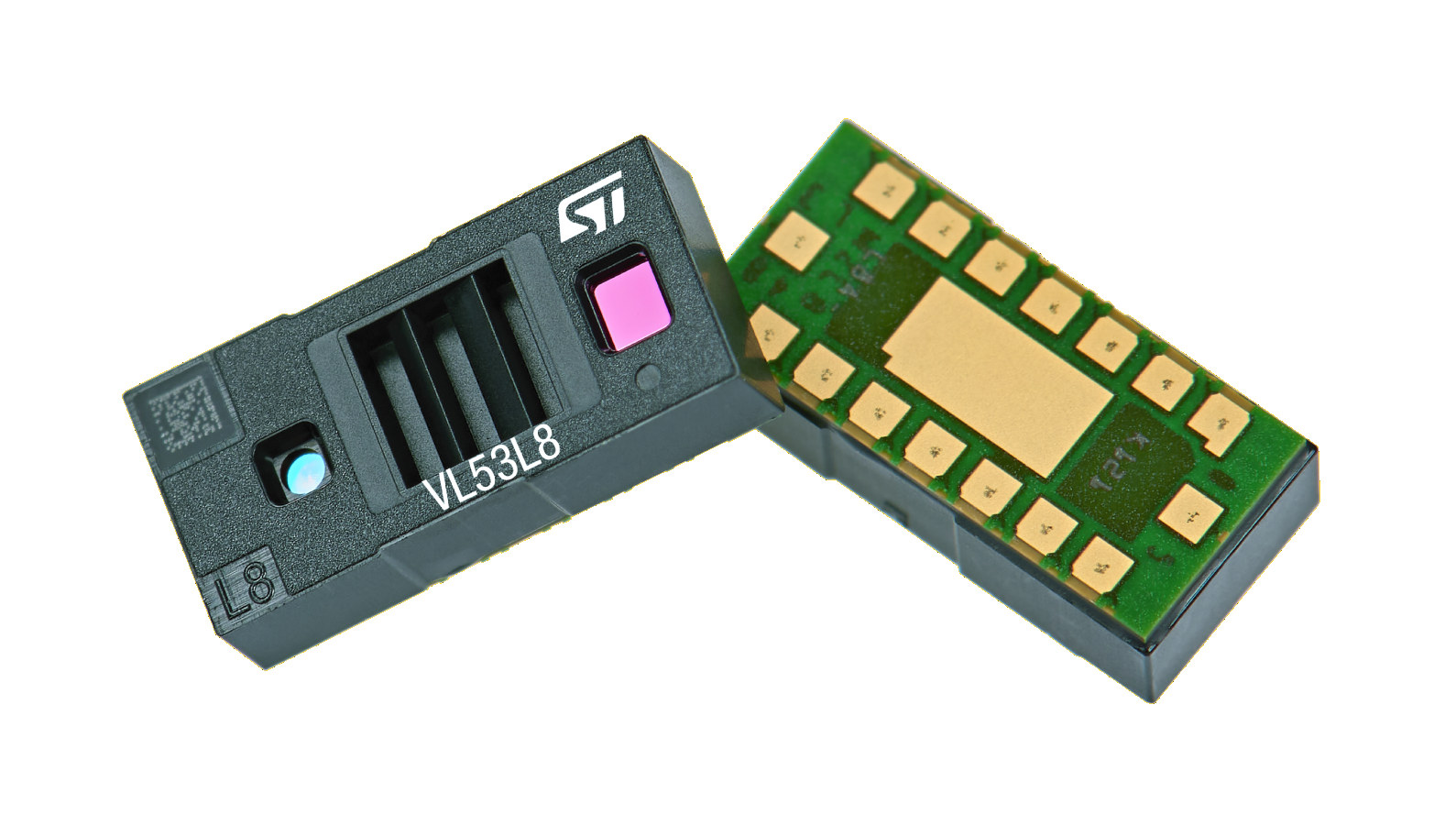Pixel Pump is an open-source hardware vacuum pump that should be easier to use than a pair of tweezers to pick and place SMT components, and suitable for prototypes and small production runs. The system comes with a pen with five exchangeable stainless-steel nozzles to match the size of components, a foot pedal, and several tactile silicone buttons with RGB backlighting to control the unit. The button on the unit (customized parts bought from Alibaba) allows you to change operation modes, switch between high- and low-power settings, or activate reverse mode to clean your nozzle. It’s also possible to configure vacuum power and LED brightness with the buttons. The foot pedal is used to control the vacuum pump to pick up and release the components. A serviceable air filter is also integrated into the design to protect the vacuum pump and valves from debris. Robin Reiter, Pixel Pump’s designer, explains […]
Flashchip FCM32 is yet another alternative to STM32 microcontroller
Once upon a time, people tried to avoid STM32 fakes and clones, but in a world where companies are allegedly purchasing washing machines to extract a few unavailable components, people have started to look for alternatives, and last week I wrote about the Geehy APM32 family of STM32 clones. But I had never heard about Flashchip Microelectronics FCM32 microcontrollers, and they are not that easy to find in search engines, so they must be relatively new. The company appears to make both FCM32F clones and FCM32H derivatives with no direct equivalent STM32 part numbers, a higher clock frequency, and faster flash. For example, the FCMF030F4P6 will match the specifications of STMF030F4P6 as far as I can tell. The good news is that the datasheet is available in both Chinese and English. The FCM32H030C8T6 appears to be a higher performance version of STM32F030C8T8 / FCM32F030C8T8 with a 100 MHz frequency, and […]
STMicro VL53L5CP FlightSense ToF sensor enables gesture recognition, human detection for the PC market
STMicro introduced the VL53L8 multi-zone direct Time-of-Flight (dToF) sensor last month, but here’s another ToF sensor with VL53L5CP specifically designed for the PC market with the enablement of features such as user detection, gesture recognition, and intruder alert. STMicro says the ranging sensor continuously scans its field of view to map the scene and gather intelligence without using a camera or recording images. With 64 (8×8) zones within a wide 61-degree field, the VL53L5CP can detect and track multiple targets, calculating at their X/Y/Z coordinates and motion at high speed. VL53L5CP features: 940 nm invisible Vertical Cavity Surface Emitting Laser (VCSEL) and integrated analog driver 61° diagonal square system field of view (FoV) using diffractive optical elements (DOE) on both transmitter and receiver Receiving SPAD (single-photon avalanche diode) array Parallel multi-zone output – Either 4×4 (16 zones) or 8×8 (64 zones) separate ROIs (regions of interest) Up to 400 cm […]
Geehy APM32F103 clone of STM32F103 MCU has been tested to work without PCB or code modifications
Geehy APM32F103 is a clone of STMicro STM32F103 MCU that has been tested by at least one person who claims it was just a drop-in replacement and PCB, code, hex, testing, and production did not have to be changed at all. Most STM32 microcontrollers are in short supply with 52+ weeks lead times and prices going through the roof, so people may be looking into the long list STM32 clones and fakes including APM32F103. They all claim to be pin-to-pin and firmware compatible, but when theory meets reality, things may go wrong. For instance, last year I had a conversation with one person who switched to GD32 microcontroller and had all sorts of issues (translated from French): I ordered samples from the GD32F103RCT6 (LQFP64) “clone”, tested them, and it’s a catastrophe… Out of 6 chips, I only managed to flash one. And that one will not boot either. I’ve dived […]
Free trial for 2 or 4-layer PCB with free shipping (Sponsored)
NextPCB has launched an exclusive promotion for CNX Software readers offering a free trial for new users for up to 10 pieces of 2 or 4-layer PCB with free shipping for the first 300 orders with “cnxpro” redeem code. This exclusive offer is long-term, and valid for the first 300 orders every month!. Here are the conditions and instructions: Register at NextPCB Upload the Gerber files Select the following parameters: 2 or 4 layers, up to 10 pieces, not over 100x100mm (single size), green solder mask, white silkscreen, and Fr-4 material Fill in the redeem code “cnxpro” in the “Special Requests” field which you’ll find at the bottom of the page. Add to cart Fill out your shipping address Go through the File Verify, Production, and Deliver steps You’ll then be shortly contacted by a customer’s representative for the next steps, and to solve any potential issues with the design […]
Hybrid Time-of-Flight (ToF) 3D range image sensor offers up to 30-meter range
We’ve written about STMicro Time-of-Flight ranging sensors several times over the year, including the latest VL53L8 which offers a range of up to 4 meters. But if your application would benefit from a more extended range, Toppan and Brookman Technology have designed a three-dimensional range image sensor (3D sensor) capable of measuring distances from one to 30 meters. using a hybrid Time-of-Flight (ToF) method. That method, proposed by Professor Shoji Kawahito of Shizuoka University, is a new sensing technology combining the indirect ToF method of measuring distance by phase difference and the direct ToF methodology for measurement based on time differences. The hybrid method is said to be more tolerant to ambient light noise than the conventional indirect ToF method, especially outdoors. Highlights of the hybrid ToF sensor: Measurement of distances up to 30 meters, or over 5x further than conventional models Noise-canceling function to facilitate outdoor measurement. Each pixel […]
CrowPi L is a $200 laptop shell for Raspberry Pi 4
Two years ago, we reviewed CrowPi 2 Raspberry Pi 4 laptop designed for STEM education with embedded electronics modules and Letscode software with step-by-step tutorials to learn Scratch and Python programming. I found it quite good, but many people were mostly interested in having a Raspberry Pi 4 laptop, and the price tag was a bit high at the time. That’s probably why Elecrow has now designed for CrowPi L laptop shell for Raspberry Pi 4 based on the CrowPi 2 but without all the electronics modules, and with a built-in battery to operate more like an actual laptop. CrowPi L laptop shell specifications: Compatible SBC’s – Raspberry Pi 4 Model B only Storage – Full-size SD card slot Display – 11.6-inch 1366×768 IPS screen (CrowPi 2 was 1920×1080) Video Output – HDMI output for external monitor Camera – 2MP camera Audio – Built-in microphone and stereo speaker; 3.5mm audio […]
STMicro VL53L8 multi-zone direct Time-of-Flight (dToF) sensor improves range and efficiency
STMicro VL53L8 multi-zone direct Time-of-Flight (dToF) sensor doubles the ranging performance of VL53L5 sensor – up to 4 meters – or reduces the power consumption by half when operating in common conditions. STMicro ToF sensors are some of the most popular devices to accurately measure distance in real-time, and the earlier VL53L0X and VL53L1X sensors integrated a single photon avalanche diode. STMicro VL53L5 changed that with multi-zone support (up to 64 zones), and VL53L8 FlightSense sensor builds on the solution with improvements in terms of range and efficiency. STMicro VL53L8 ToF sensor specifications: Low-power 32-bit microcontroller running the firmware 940 nm invisible Vertical Cavity Surface Emitting Laser (VCSEL) and integrated analog driver 61° diagonal square system field of view (FoV) using diffractive optical elements (DOE) on both transmitter and receiver Receiving array of single-photon avalanche diodes (SPADs) Parallel multi-zone output – Either 4×4 (16 zones @ 60 fps) or 8×8 […]


